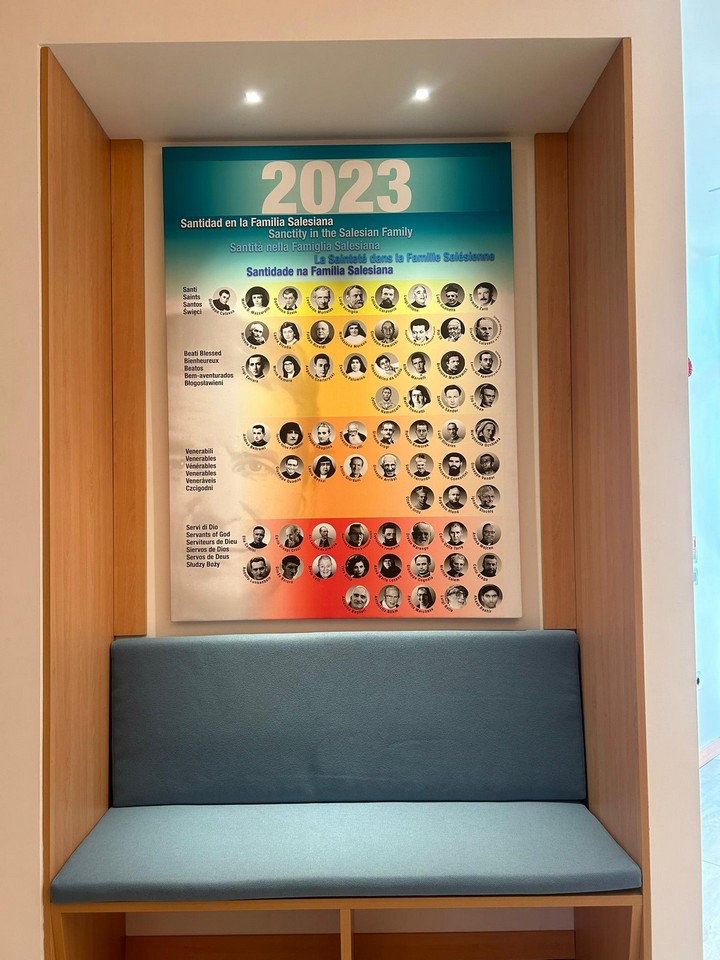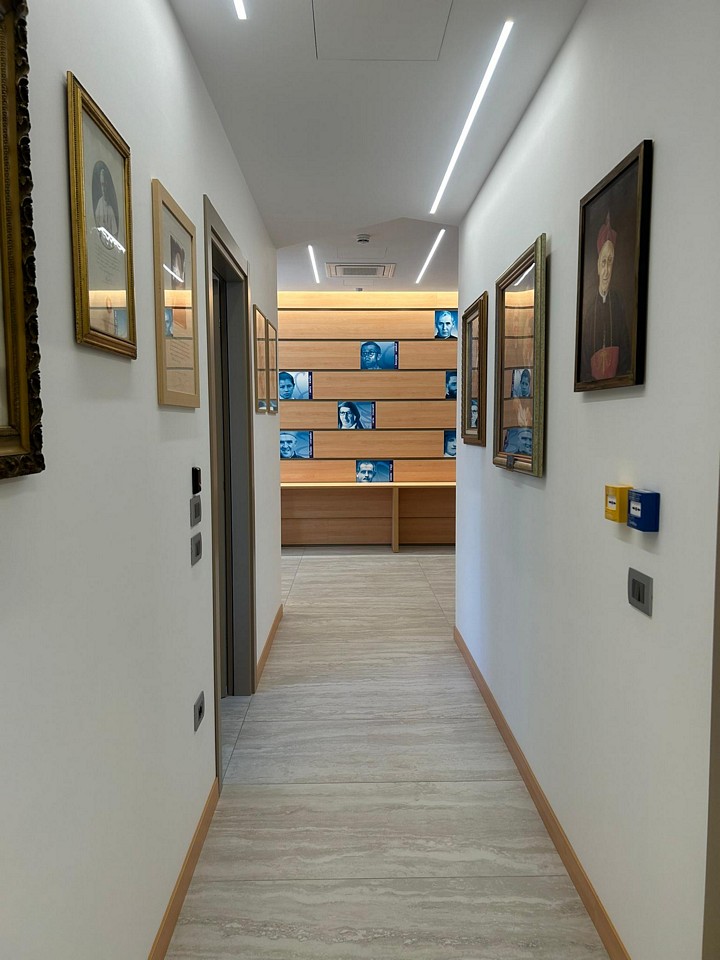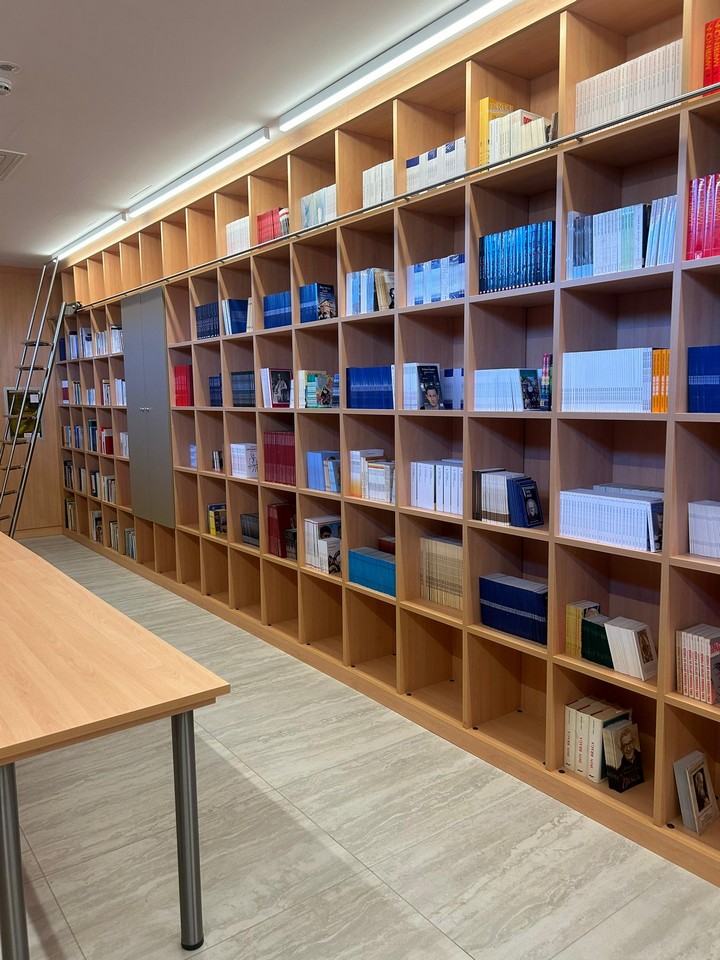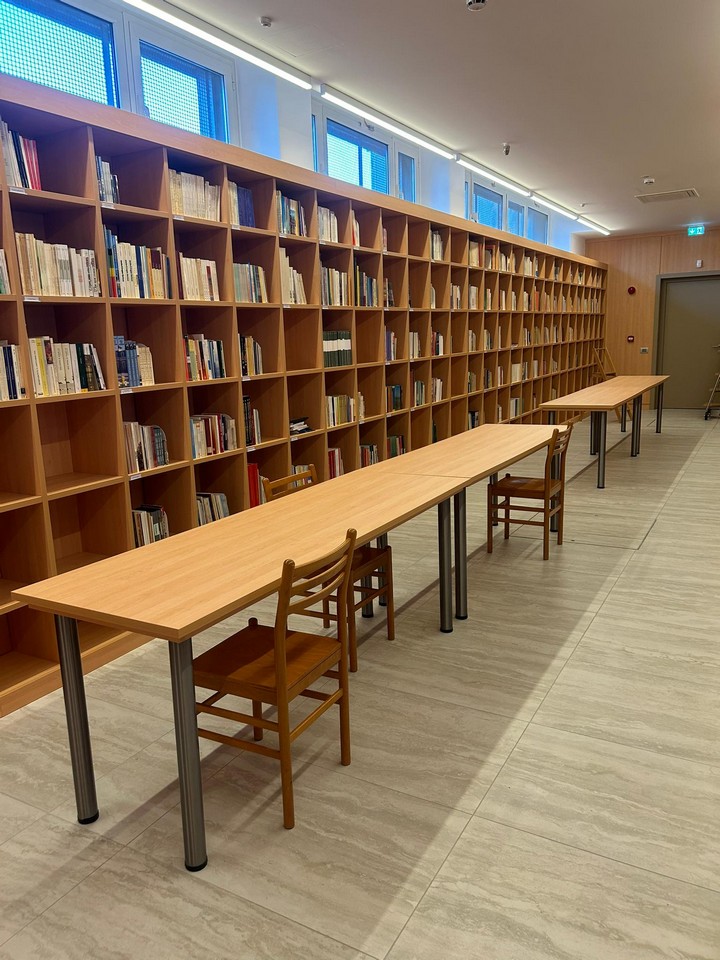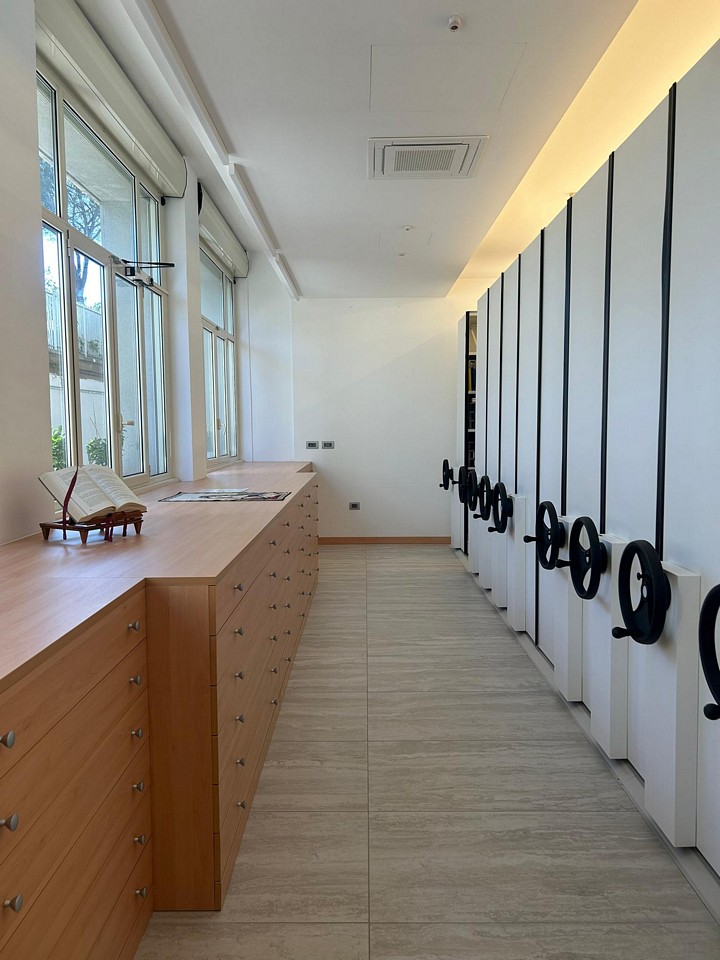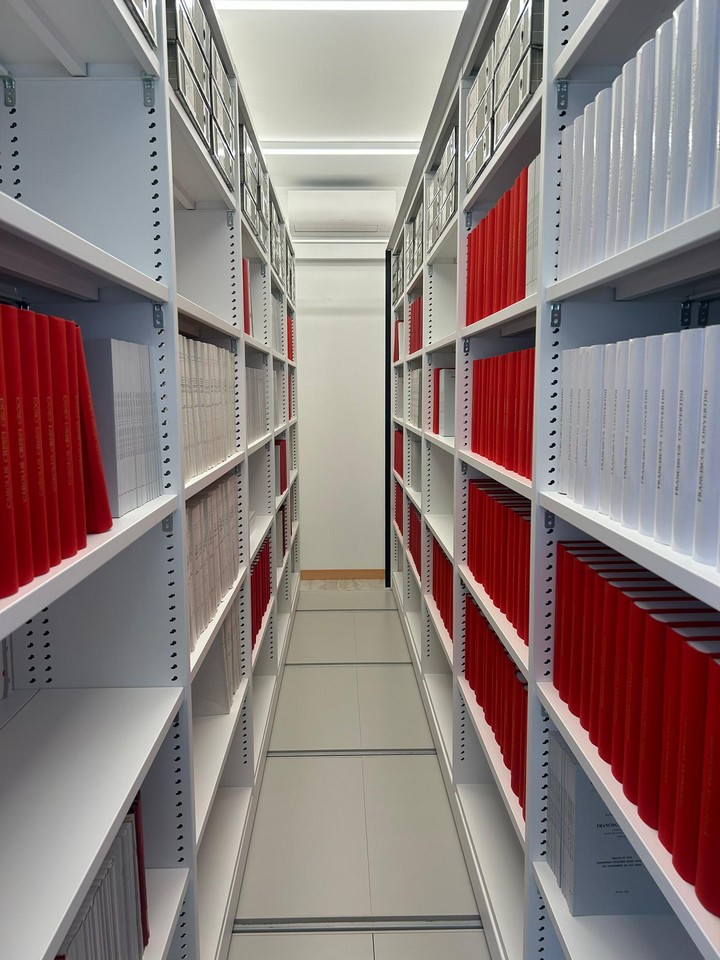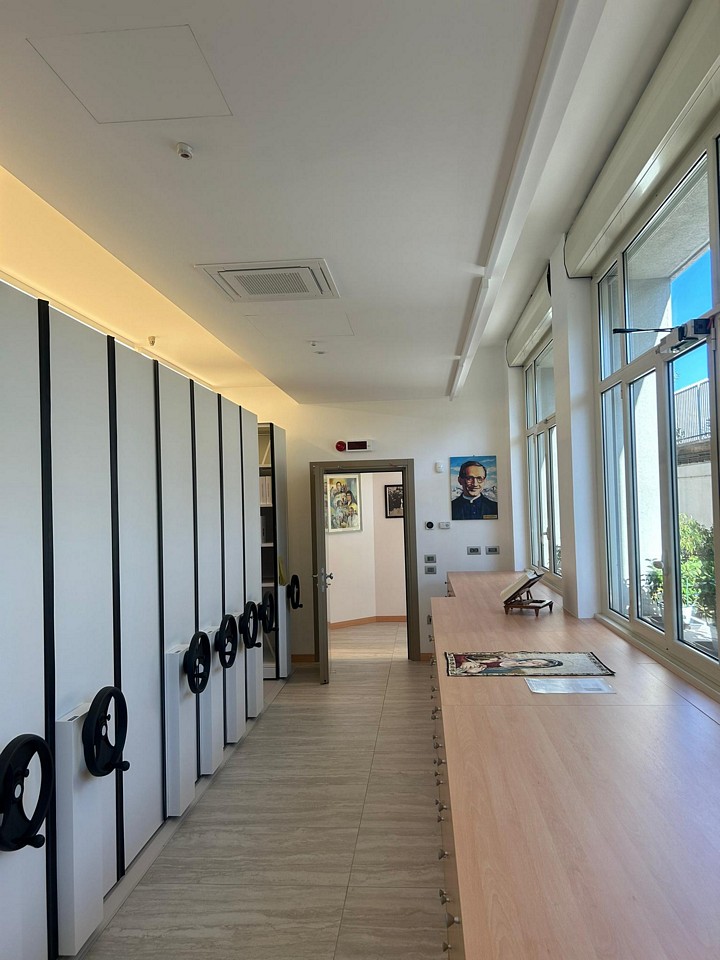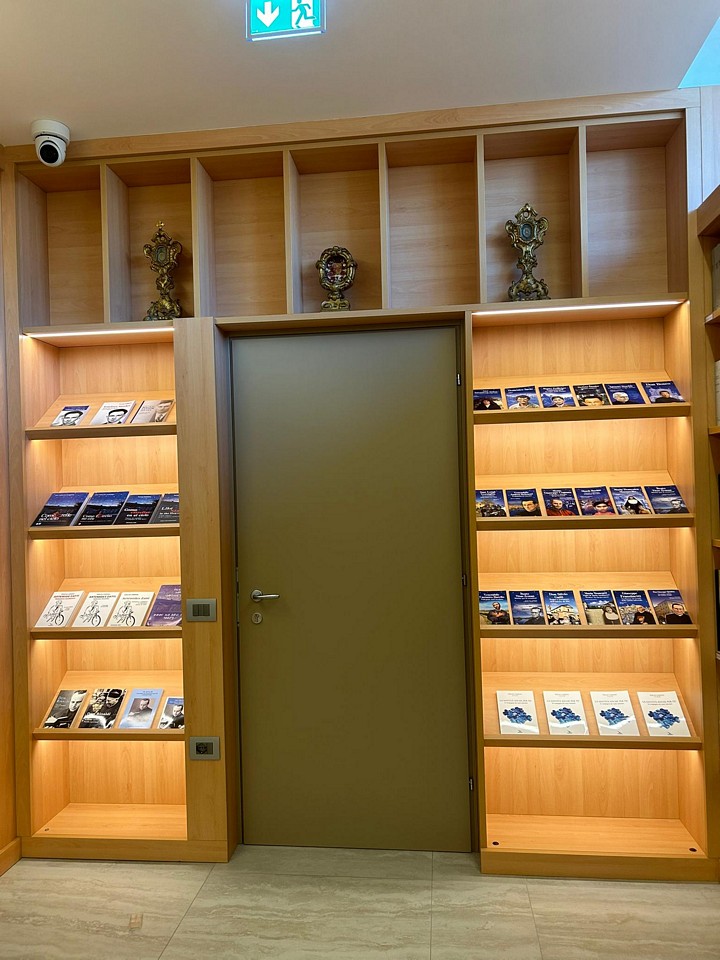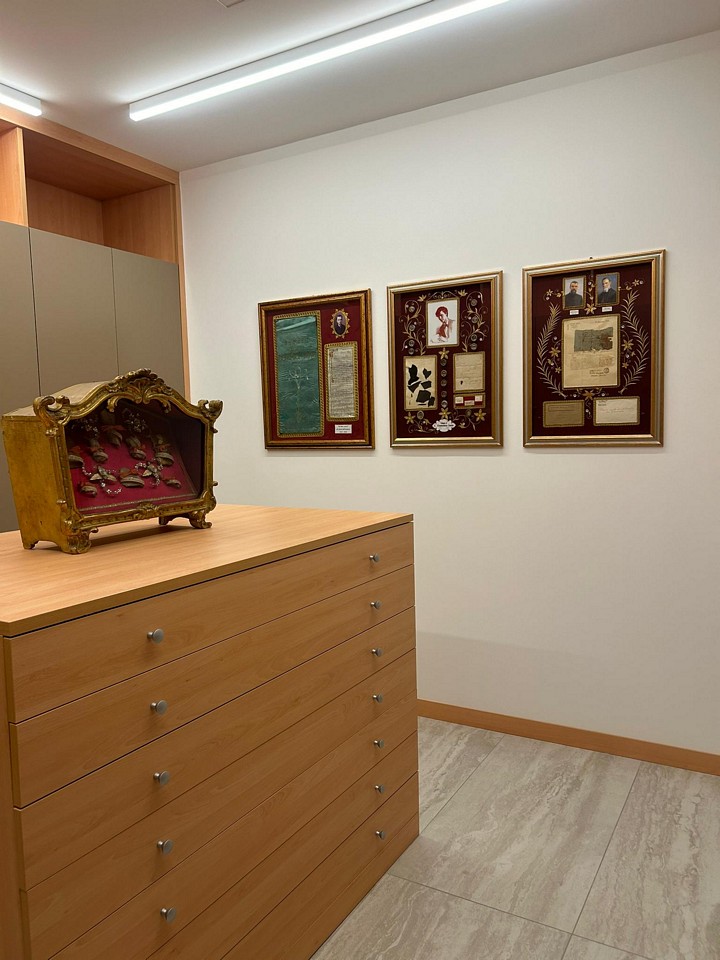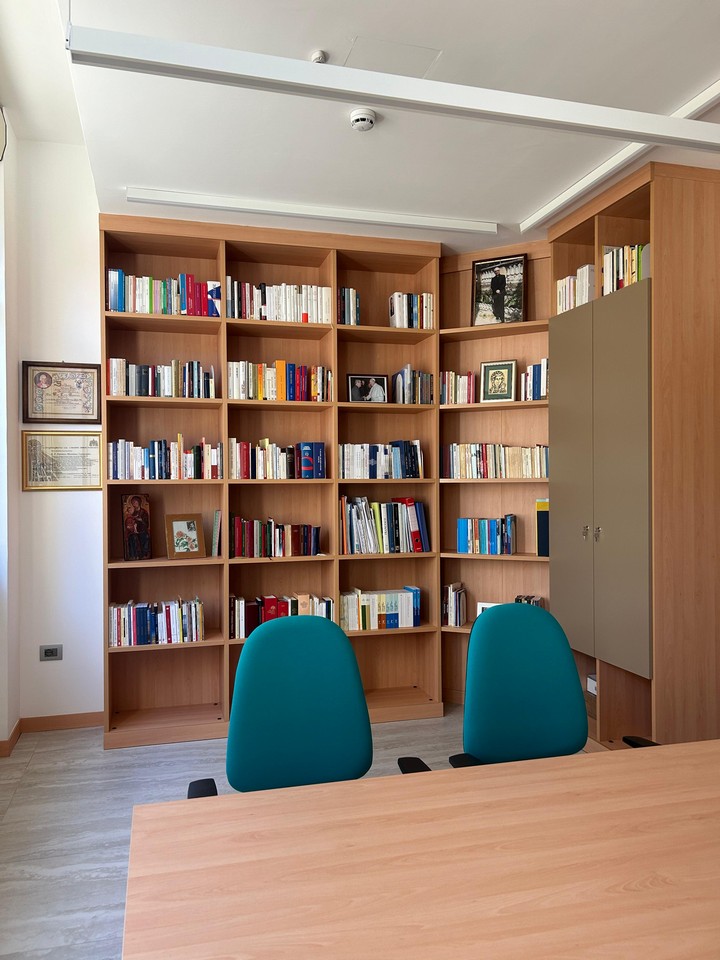Cardinal Angelo Amato S.D.B.: a cultured theologian between the West and the East
Cardinal Tarcisio Bertone, SDB, had the opportunity to know the late Cardinal Angelo Amato very well. Both shared the Salesian vocation and had collaborated as teachers at the Pontifical Salesian University. Later, Fr. Angelo Amato succeeded Mons. Bertone as Secretary of the Congregation for the Doctrine of the Faith, a position he held from 2002 to 2008.
His Eminence Cardinal Bertone wishes to offer his personal testimony about Cardinal Amato, which we present below.
Cardinal Angelo Amato was one of the most intelligent Salesians, well-versed in the human and ecclesiastical sciences. His ability to grasp and connect Philosophy and Theology was especially evident during his years of study at the Salesian University, as part of a group of exceptional students who brought prestige to the same and who later distinguished themselves not only in teaching, but also in service to the Holy See at the Dicasteries of the Roman Curia.
I particularly remember his exceptional skill in the study of Christology and Mariology. His writings were highly refined, and he was sought after as a preacher of Spiritual Exercises, especially for consecrated persons, not to mention the sharpness of his opinions in promoting Ecumenical and Interreligious Dialogue. In fact, he was particularly appreciated by the then Prefect of the Congregation for the Doctrine of the Faith, Cardinal Joseph Ratzinger (who later became Pope Benedict XVI), and by the Pontifical Council for the Promotion of Christian Unity. For this reason, he was sent to Greece to study the Theology of the Eastern Fathers, learned ancient Greek and modern Greek, and even published a highly regarded study at the Greek University of Thessaloniki on the conception and practice of the Sacrament of Penance among the Eastern Fathers. During that time, he learned the art and spirituality of “writing” icons, which he continued to practice until the end of his life. In Rome, he primarily taught at the Pontifical Salesian University, becoming Dean of the Faculty of Theology, and as an expert in Christology and Mariology, he was appointed Consultor of the Congregation for the Doctrine of the Faith and later also Secretary of the same.
It is interesting to note the contribution that Fr. Angelo Amato made in collaboration with Cardinal Joseph Ratzinger to the Congregation for the Doctrine of the Faith for the drafting of the famous dogmatic declaration “Dominus Jesus” of September 1, 2000. It is declaration desired by Pope John Paul II and drafted by Cardinal Ratzinger with the fine and intelligent collaboration of Fr. Angelo Amato. Cardinal Ratzinger later valued him for the documents and reflections produced by that doctrinal Dicastery of the Roman Curia. Then, when Secretary, Msgr. Tarcisio Bertone was appointed Archbishop of Genoa, a successor was sought. I remember very well the consultations of Cardinal Ratzinger and the dialogues with His Holiness John Paul II. Among the candidates for succession, the name of Fr. Angelo Amato stood out, but in a conversation between Cardinal Ratzinger and myself with Pope John Paul II, I pointed out a peculiarity that seemed to create some difficulty, namely the fact that one Salesian would succeed another Salesian in this important role. Pope John Paul II asked Cardinal Ratzinger, “But does this pose a problem for Cardinal Ratzinger? Would Cardinal Ratzinger like to appoint another Salesian to the position of Secretary of the Congregation for the Doctrine of the Faith?” Cardinal Ratzinger replied, “I would prefer Fr. Angelo Amato because I have found it very good to work with him here at the Dicastery, and we are in perfect harmony.” John Paul II responded, “Then let us appoint Fr. Angelo Amato as the new Secretary of the Congregation for the Doctrine of the Faith.” And so this happened on December 19, 2002.
He carried out many activities in drafting the documents that characterised the Magisterium of this Dicastery of the Roman Curia presided over by Cardinal Ratzinger, and subsequently, Pope John Paul II decided to create him a Cardinal and appoint him Prefect of the Congregation for the Causes of Saints. In this role, he carried out intense activity promoting holiness in the Church, holiness in consecrated life, lay life, and priesthood. He also published among his volumes a series of biographies of Blessed and Saints that made known and multiplied the attraction of holiness in the variety of charisms, cultures, and people that enriched the Church, with many beneficial examples and initiatives.
He remained Prefect of the Congregation for the Causes of Saints for 10 years, until 2018, and continued his magisterial activity for the Church in service to the Popes. Pope Francis sent a beautiful telegram to the General Vicar of the Salesian Congregation, praising the “Salesianity” of Cardinal Amato and his work as Prefect of the Causes of Saints.
We include the message in full:
REVEREND DON STEFANO MARTOGLIO SDB
VICAR OF THE RECTOR MAJOR
SOCIETY OF SAINT FRANCIS DE SALES (SALESIANS)
ROME
Upon learning of the news of the passing of dear Cardinal Angelo Amato, I express my closeness to you and to the Brothers of this Religious Institute, as well as to the family of the late Cardinal. I thank God for the edifying testimony of this spiritual son of Saint John Bosco, who for many years dedicated himself with human finesse and generosity to the Gospel and the Church. I think of his priestly soul and the theological preparation with which he served the Holy See, especially in the Dicastery for the Doctrine of the Faith and in that of the Causes of Saints. I assure my prayers for the soul of this good and vigilant servant who, faithful to his motto ‘Sufficit gratia mea’, even in the final days marked by suffering, entrusted himself to the goodness of the Heavenly Father. I trust that, accompanied by Mary Help of Christians and the Saints and Blesseds he led to the glory of the altars, he will be welcomed into the eternal banquet of Heaven, and I send my blessing to all who share in the sorrow of his passing.
Francis
Among the Salesian Cardinals, especially endowed with great theological charisma, Cardinal Angelo Amato stands out, leaving a great heritage of doctrine and wisdom available not only to the Pontifical Salesian University but also to various institutional centres of study and spirituality, with the hope that it continues to impact the life of the Church and the formative Communities.
✠ Tarcisio Card. Bertone
